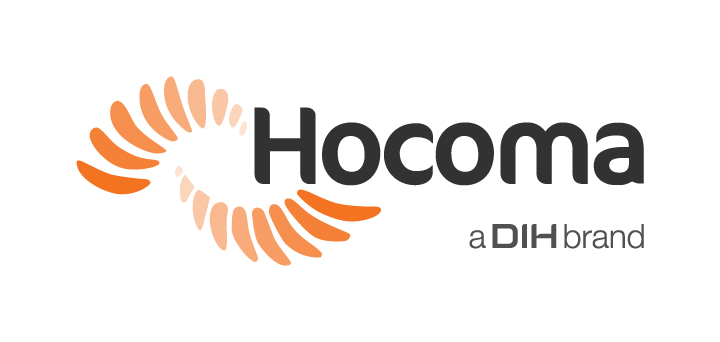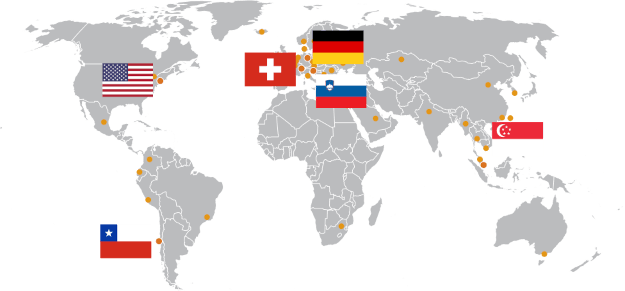February 26, 2019
Clinical Integration of the C-Mill VR for Orthopedic Patients
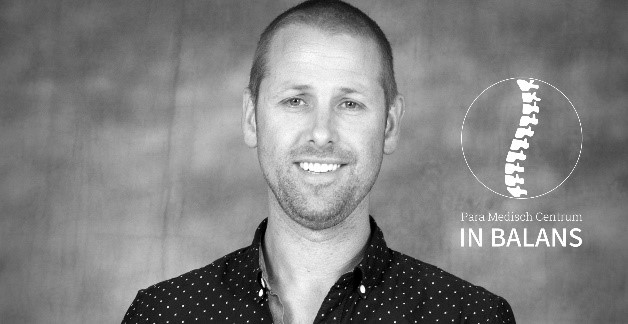
Jouri van den Broeke, Co-Owner and MSc Sports Physiotherapist
PMC In Balans, Physiotherapy & Rehabilitation, The Netherlands
PMC In Balans – Physiotherapy & Rehabilitation is a large outpatient practice with eight branches in the Netherlands. The treatment at PMC In Balans is patient-centered, with the aim to achieve a physical (and mental) balance.
In our practice, we have a C-Mill VR which has an absolute added value. We provide C-Mill VR therapy to our patients, focusing on the quality of the individual sessions. To do so, we record objective data to monitor the progression of the patients. The C-Mill VR makes it possible to provide individual therapy and group therapy, including self-training sessions. It is unavoidable that high technology is going to be an absolute must for physiotherapy. Here we describe our clinical setting and hope that it serves as an example to support other clinics that also work with the C-Mill VR.
Patient Group
We have a diverse patient population, including orthopedic patients, neurological patients, oncology patients, children, chronic pain patients or fibromyalgia patients.
We offer a lot of multidisciplinary rehabilitation programs. One of these programs is the OrthoXpert program, developed for patients after a total knee or hip replacement, in which orthopedists and physiotherapists work closely together using an OrthoXpert assessment and training protocol.
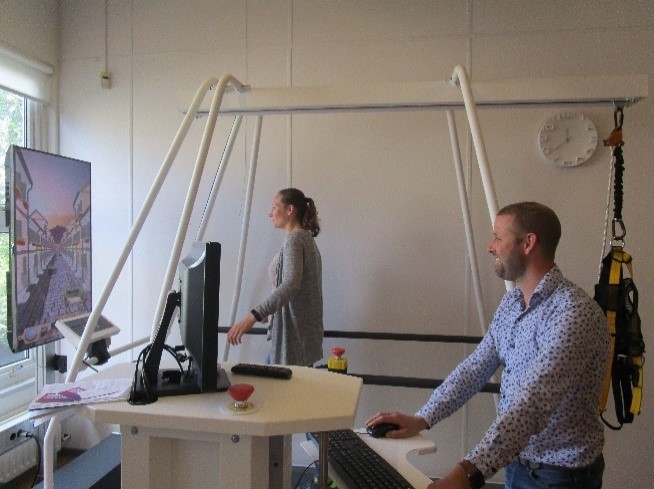
The C-Mill VR is part of the OrthoXpert rehabilitation program as an assessment and training tool, which is an added value for us to improve and track our objective patient therapy outcome.
Besides the OrthoXpert program, the C-Mill VR is used for individual therapies, circuit or group training and self-training sessions. Patients treated with the C-Mill VR are mainly neurological and orthopedic patients with balance and/or gait disorders.
Next to the C-Mill VR, we use the MRS Functional Squat for these patient groups, to increase muscle power of the lower extremities.
Currently, we have five to ten patients per day on the C-Mill VR, a total of 50 patients per week.
PMC In Balans is in transition to another location, where the C-Mill VR will occupy a more central position in the practice.
Prescription: Inclusion Criteria
Patients with balance or gait disorders are indicated for C-Mill VR therapy. Indication criteria is FAC* 3 or higher. There is no C-Mill VR-specific prescription or special assessment to determine if the patient is indicated. The responsible physiotherapist decides which patients should receive C-Mill VR therapy.
Duration and Frequency of Sessions
A regular C-Mill VR therapy session lasts around 15-20 minutes, but we don’t use a fixed frequency or duration of C-Mill VR therapy. Our therapy goals with the C-Mill VR are to improve balance and weight shifting and also to increase the stance duration and muscle strength in the lower extremities for better walking ability after an operation. Another aim is to improve the symmetry of gait and gait adaptability during walking. Frequently used applications are based on these goals e.g. medio-lateral balance exercises or exercises like obstacle avoidance and following stepping stones on the floor.
For the OrthoXpert rehabilitation program, the C-Mill VR therapy consists of three times a week in total for six weeks in total. After that, the frequency is reduced.
Patient Evaluation
After a period of C-Mill VR therapy, the patients are re-assessed through all C-Mill VR gait assessment, there isn’t a fixed moment when to perform an assessment. This depends on the patient’s condition, progression and therapy goals.
For the OrthoXpert program, the baseline assessment takes place pre-operatively (T0), then twelve weeks after surgery (T1), after six months (T2) and after one year (T3). All assessment outcomes will be discussed with the orthopedic surgeon to evaluate the patient’s progression. The OrthoXpert assessment protocol includes C-Mill VR gait parameters in combination with isometric leg power (MRS functional squat), conventional tests and questionnaires like e.g. KOOS, EQ-5D, 6-MWT and TUG test. The most important C-Mill VR walk parameters are step length, step frequency, stance time, duration and speed.
What are the Main Reasons to Include Motek Technology as Part of the Therapy?
The exchange of C-Mill VR parameters is very important for the communication with external parties e.g. prescribers and insurance companies.
The C-Mill VR enables us to offer an objective measurement system, as in this time the objectivity for patient, physiotherapist and referrer becomes increasingly important. The C-Mill VR is also a valuable addition to meet the motor learning principles, as many therapists still use an internal focus of attention
(”lift your leg”), while it appears that it’s not the best way of providing feedback. The C-Mill VR supports an external focus of attention, which results in improved motor learning.
Other Additional Therapies Provided
We provide various specialisms and therapy methods, in addition to the C-Mill VR therapy.
- Specializations: edema therapy, sports physiotherapy, manual therapy, occupational physiotherapy, pediatric physiotherapy, pelvic therapy, psychosomatic physical therapy, etc.
- Therapy methods: ultrasound, skin therapy, acupuncture and multiple prevention programs.
Organization: Responsible Team
Our team consists of 35 physiotherapists in total, spread over eight locations. A team of six therapists is responsible for and all use the C-Mill VR at one location.
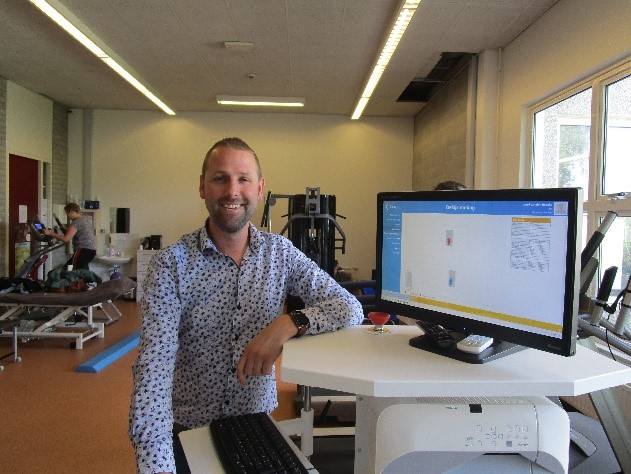
Currently, we have five to ten patients per day on the C-Mill VR , a total of 50 patients per week. Since we are in transition to a different location, the C-Mill will occupy a more central position in the new location and enables us to maximize our C-Mill VR usage and provide more therapy hours for our patients, as more therapists will be working at the new location.
We also provide a transportation service for patients during the first six weeks of their rehabilitation program. In terms of marketing, we didn’t perform anything to increase the visibility of the C-Mill VR , but our patients talk about the C-Mill VR therapy with each other.
Billing and Financial Reimbursement of the Therapy
C-Mill VR therapy does not have a separate billing code, it will be covered under the regular physiotherapy.
* Functional Ambulation Category (FAC), Holden et al. 1984.
This clinical experience report is meant to serve as an example of how the C-Mill VR is integrated into one particular rehabilitation centre. It is not necessarily a standard recommendation from Hocoma or Motek.
